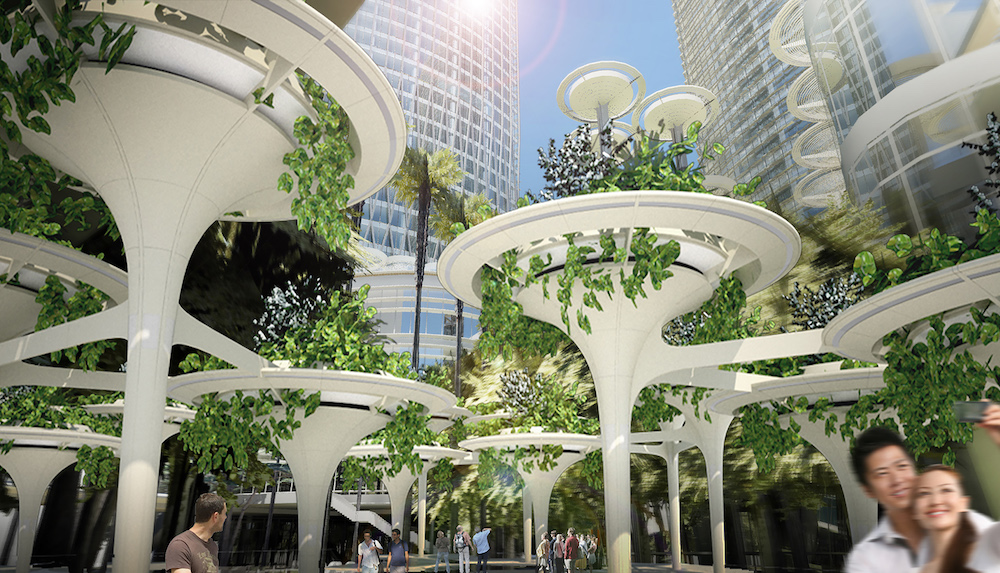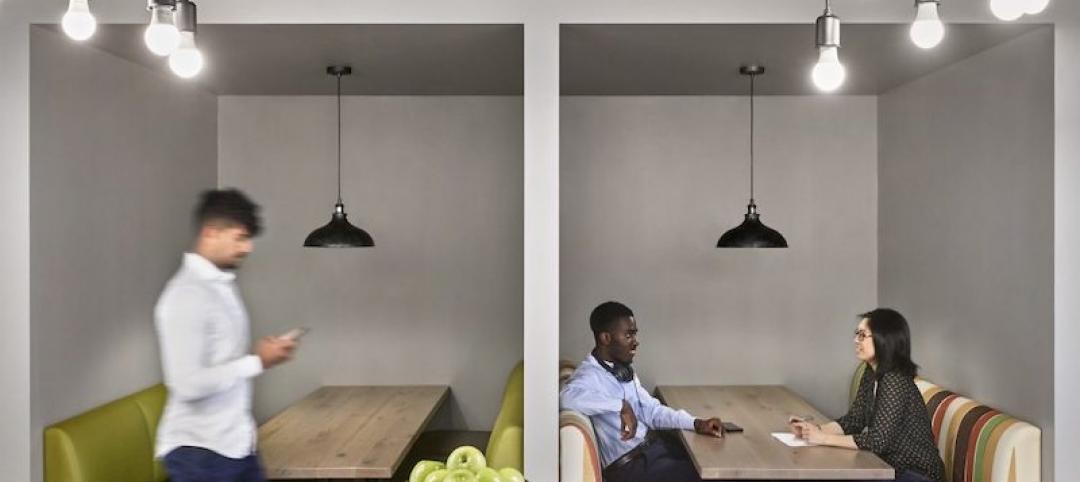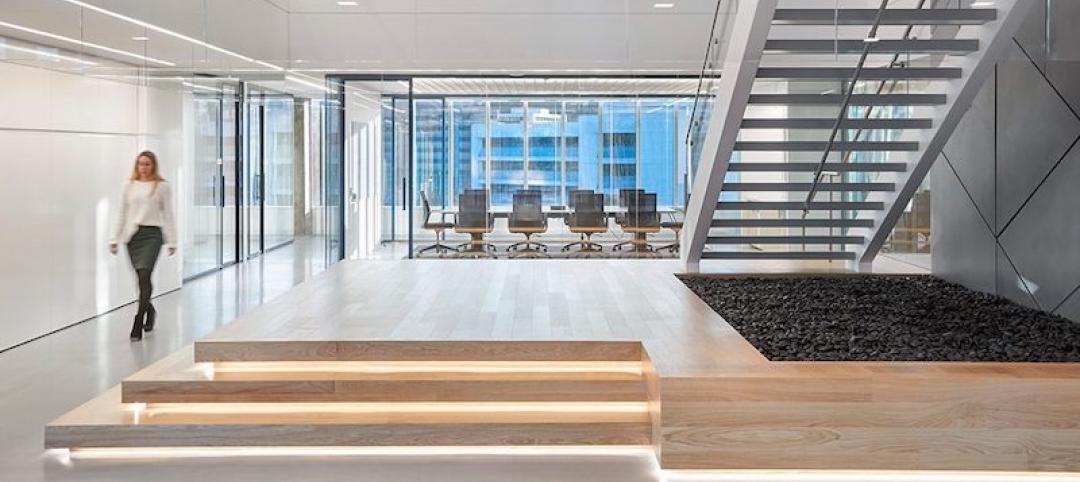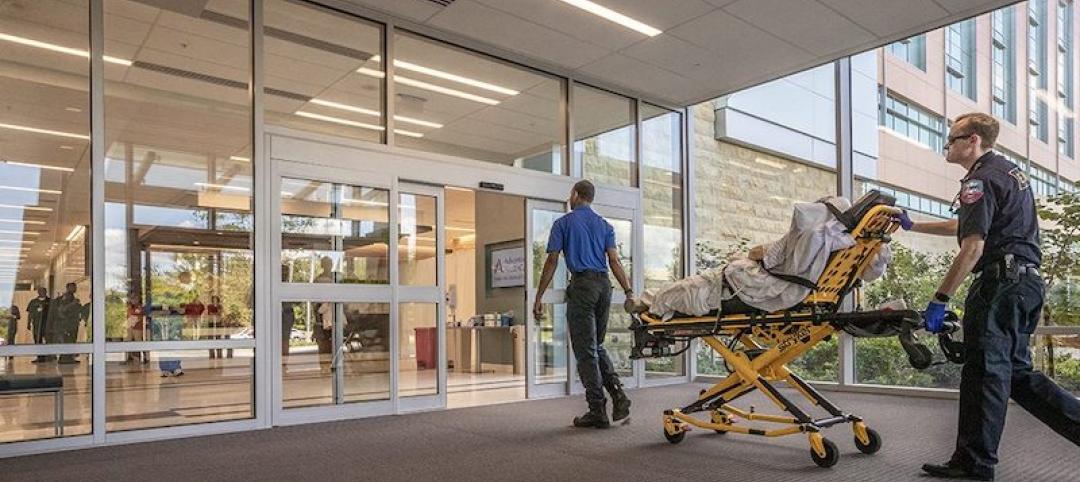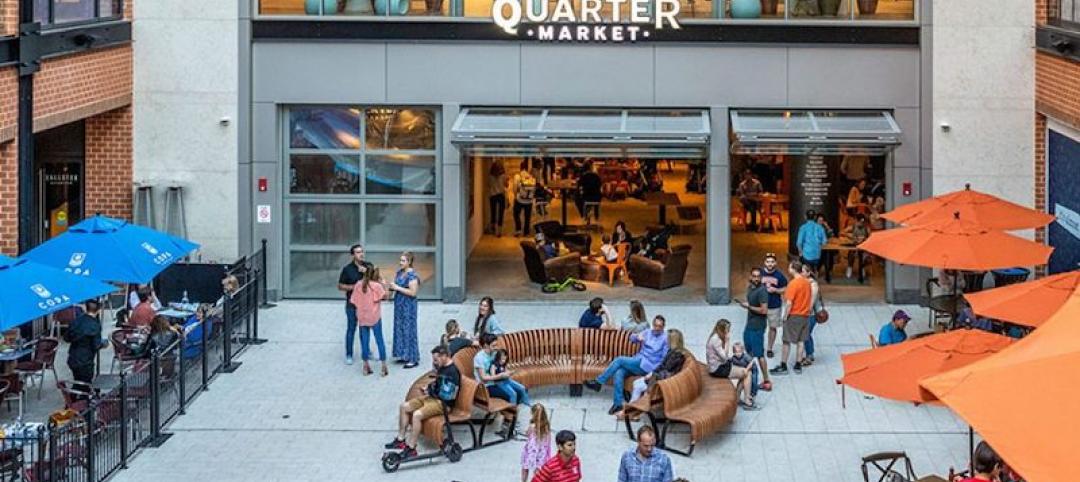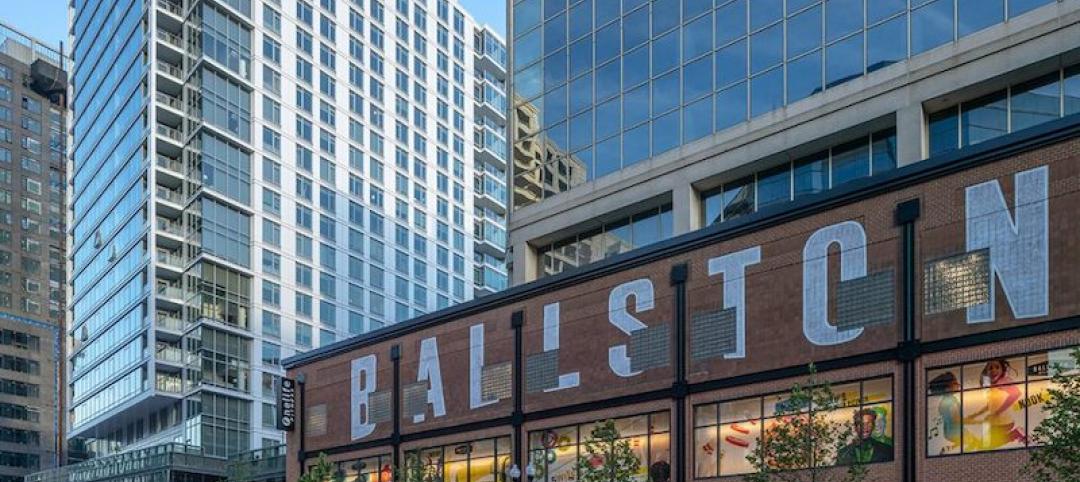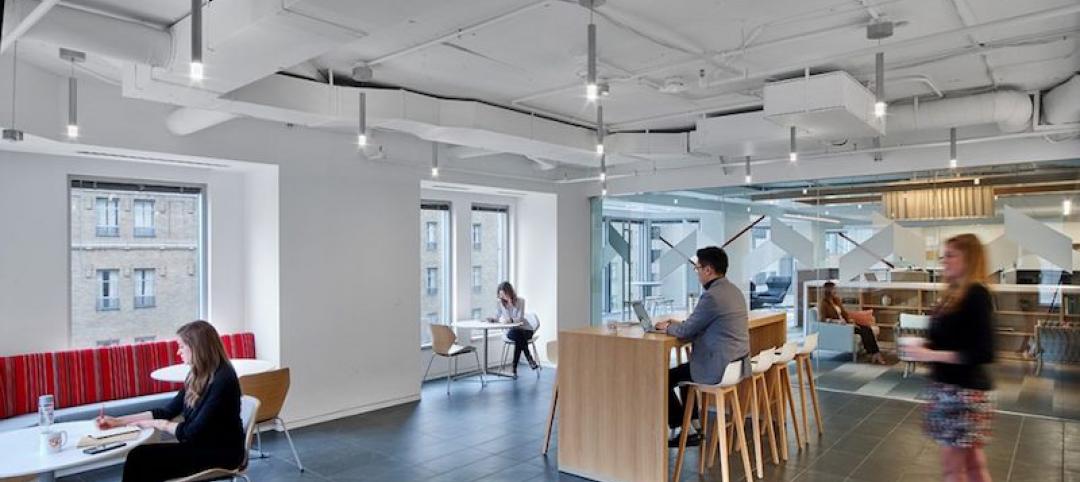We spend 90 percent of our time indoors, so it makes sense that we gravitate toward the outdoors when given the chance. While investing in outdoor amenities seems like a no-brainer, the impacts of a warming planet make it a challenge. Just because we build it doesn’t mean that they will come.
Ever-growing technological advances make it easy enough to heat and cool indoor spaces. The challenge for architects and designers is how to replicate those mechanics outdoors in a way that is both sustainable and aesthetically pleasing.
That’s where our new innovative design enters the picture.
Over the past two years, we have been developing the “Xylem”— a first-of-its-kind technology used to regulate outdoor thermal comfort through shading, air movement, water circulation and a vegetated roof. The Xylem facilitates a viable, self-sustaining approach to managing the temperature outside. By maximizing the cooling impact of the green roof, it can reduce the perceived temperature by an incredible 5°C compared to shaded areas.
We named the Xylem for the compound tissue cells of the same name that exist within plants and wood fibers that circulate water and direct nutrients upward. But it’s more than just named for the cells; in this case, design replicates nature. The elevated planter circulates water from the base upward through its structural core and conductive cladding to create radiant cooling in the area surrounding the Xylem.
Created where the art of architecture and the science of Performance-Driven DesignSM collide, Xylem facilitates natural ventilation and outdoor comfort in a passive, cost-effective and scalable way that will be useful in ever-developing global cities. It’s estimated that by 2050, 70 percent of the world’s population will live in urban environments. This statistic will force all of us to ask how to best mitigate environmental concerns of increased urbanity and increase the comfort of living in cities by decreasing the urban heat island effect— a question that was much of the inspiration for the Xylem.
A single Xylem pod provides thermal comfort at the user level, while a cluster can improve quality of life on a larger scale. When combined into a community of clusters, the Xylems significantly reduce the amount of paved surface in contact with solar radiation, also mitigating the heat island effect. It can be applied in multiple outdoor environments, including plazas, markets, playgrounds, beaches, outdoor malls and community centers. It can also be modified for specific microclimatic conditions, and its form—conceived based on optimal performance, manufacturing and fabrication technologies, and aesthetics—is ideal for rainwater harvesting and storm water mitigation.
The Xylem is no longer just our dream. We are expecting to begin construction on the project in September 2017 in Jakarta, Indonesia and hope to complete the flagship by the end of 2019. Seeing the Xylem become reality is a huge step forward in increasing the comfort of outdoor spaces while also promoting sustainable and green design in growing urban centers.
About the Author: Pablo La Roche is an associate vice president in CallisonRTKL’s Los Angeles office and a leader for the firm’s Performance-Driven DesignTM initiatives, focusing on sustainable design for the commercial practice group. His expansive portfolio includes sustainable buildings all over the world designed with state-of-the-art tools. A tenured professor of architecture at Cal Poly Pomona University, Pablo is also an accomplished author; he has written more than 130 technical papers for journals and conferences, and his book Carbon Neutral Architectural Design placed in the top ten in Amazon’s Energy and Buildings category. He is also past president of the Society of Building Science Educators and chair of the solar buildings division of the American Solar Energy Society.
More from Author
CallisonRTKL | Dec 20, 2021
Digital nomads are influencing design
As our spaces continue to adapt to our future needs, we’ll likely see more collaborative, communal zones where people can relax, shop, and work.
CallisonRTKL | Jun 30, 2020
The great reset and our new work life
As many countries begin to return to the office, it’s a chance to ask ourselves: what do we truly value?
CallisonRTKL | May 4, 2020
How working from home is influencing design
The lessons learned in the next few months can help shape how we work and design in the future. For now, remote work is different – and our new normal.
CallisonRTKL | Feb 26, 2020
Sustainability in a material world
The concepts of embodied carbon, zero waste, and deconstruction and reuse often run on parallel tracks.
CallisonRTKL | Jan 30, 2020
The complex dance of healthcare transitioning
Hospital employees, though excited about technological advancements, are expected to navigate a new workplace and care for their patients at the same time, all while training on new equipment and navigating a new building.
CallisonRTKL | Jan 6, 2020
Retail re-invention: Five questions to ask
Why have some malls survived their long-predicted demise, thriving and bumping with new generations of shoppers, while others have been relegated to the ash heap of deadmalls.com?
CallisonRTKL | Aug 6, 2019
Saving the American mall in 5 steps
CallisonRTKL Vice President Marc Fairbrother explains how struggling American malls can turn it all around.
CallisonRTKL | May 29, 2019
Smart buildings can optimize wellness
Employees want wellness initiatives built into their work experience, especially when they’re in spaces that can leave them feeling stiff, stressed, and sick.
CallisonRTKL | Apr 5, 2019
2019 trends in the workplace
From retention and career advancement to the ethics of inclusion and diversity, these five trends will play a major role this year in design, strategic planning and workplace development.
CallisonRTKL | Jan 28, 2019
9 tech trends to track in 2019
Innovations in voice recognition, cognitive neuroscience, and biometrics are among the trending tech topics for 2019, according to CallisonRTKL's Kristin Tilley.

